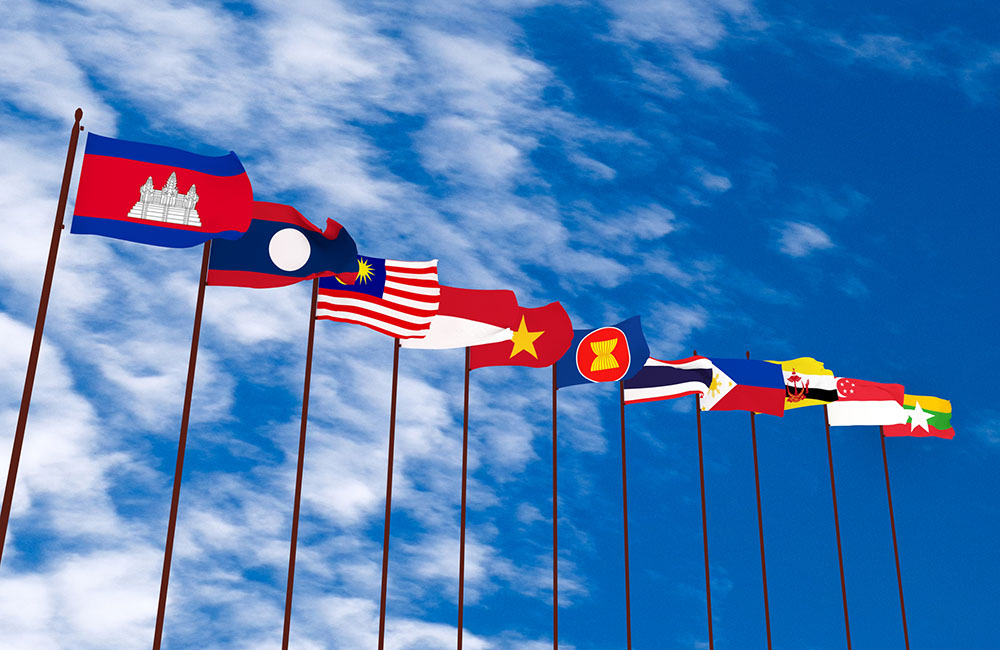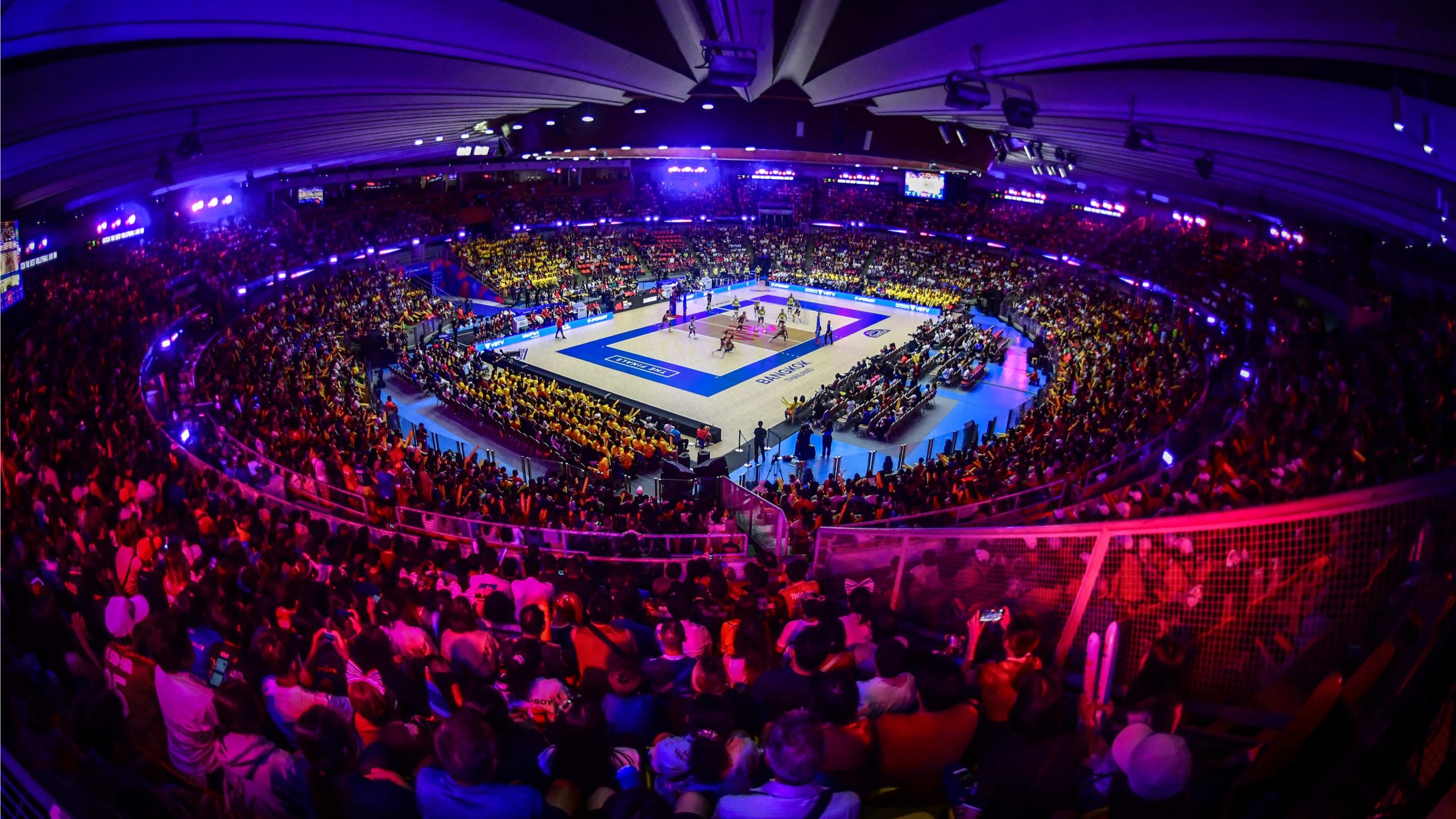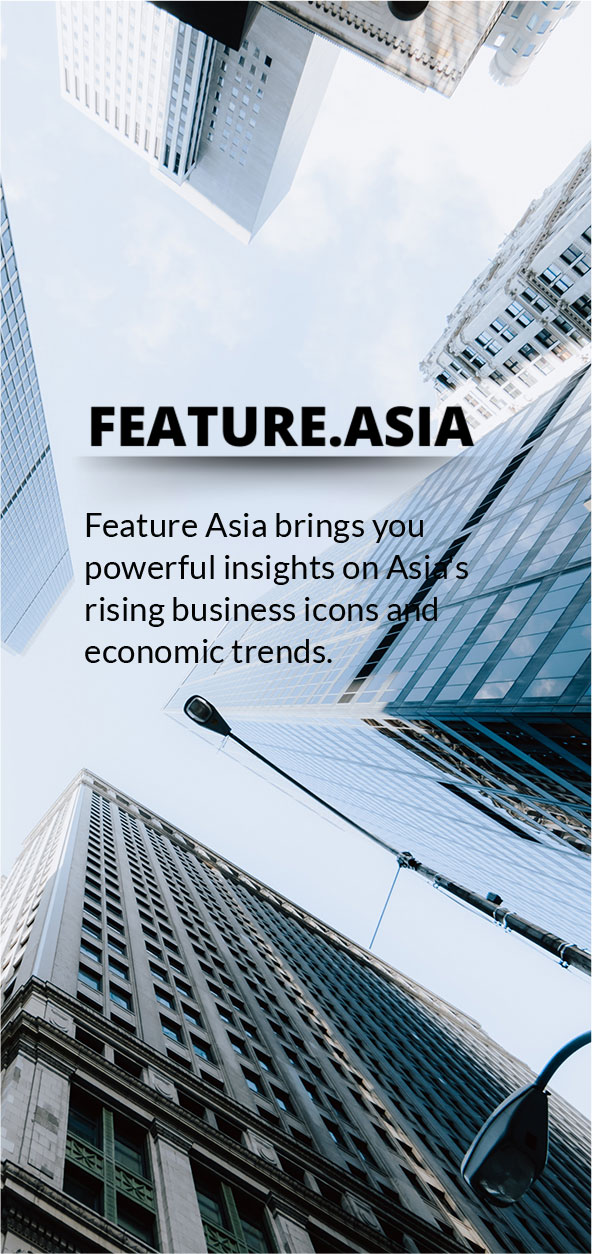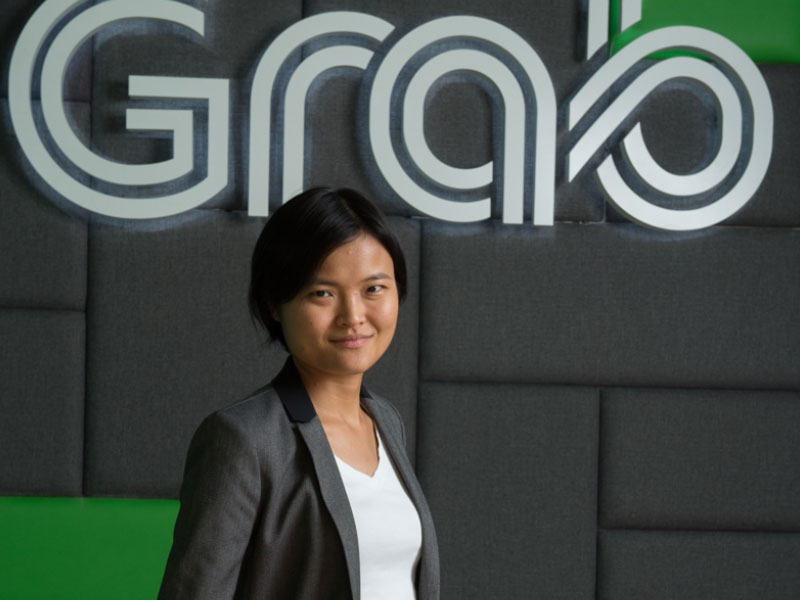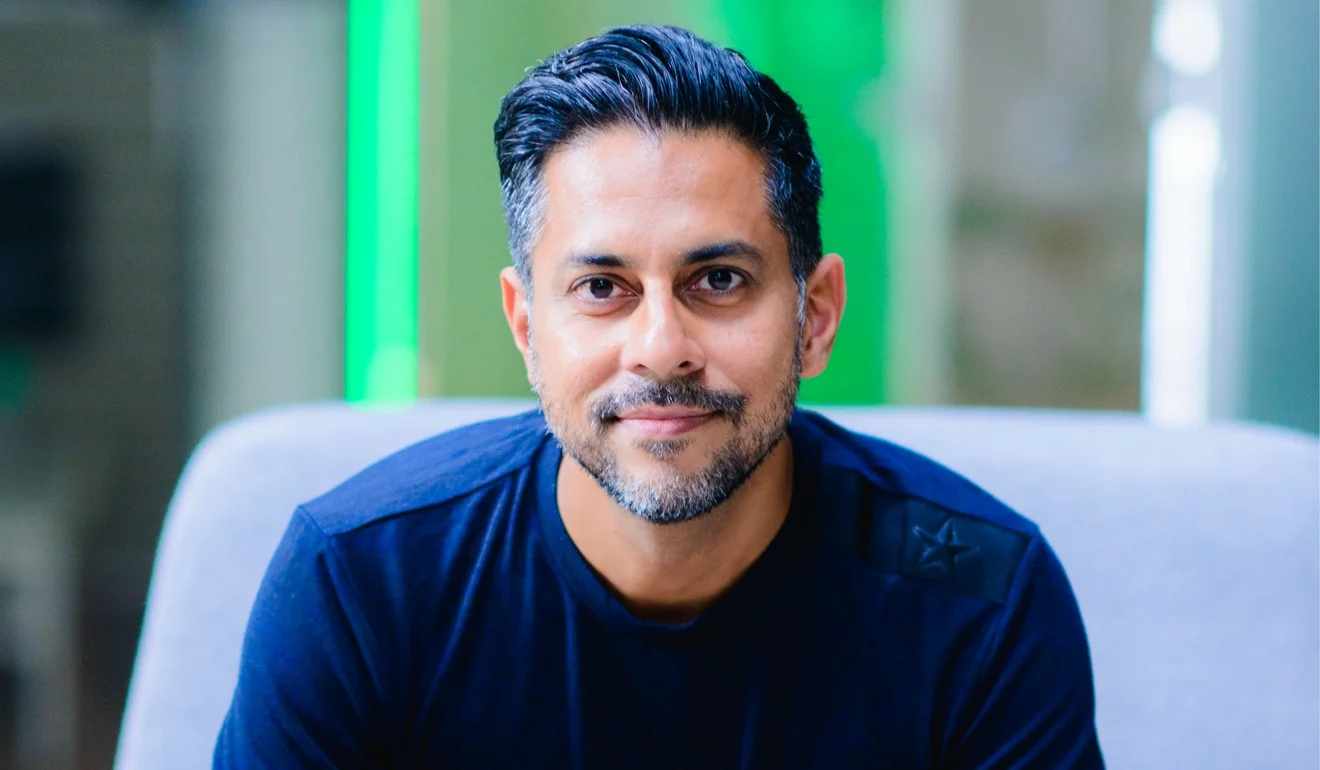A new hybrid model reshaping how Asia explores
The Flexiscape travel trend Southeast Asia 2025 is redefining how modern travelers experience the region. Gone are the rigid dichotomies between budget and luxury tourism. Instead, travelers are curating journeys that start with cost-conscious adventures and end in premium indulgence — a blend that reflects shifting consumer values, economic realities, and a growing preference for personalization over pre-packaged travel.
Popularized post-pandemic and now accelerating into the mainstream, flexiscape travel is taking root across Southeast Asia — with Thailand, Vietnam, and Indonesia emerging as leading adopters of this trend.
The rise of flexiscape: Where budget meets luxury
Coined by travel analysts and lifestyle media in 2024, “flexiscape” describes a budget-to-luxury travel arc. The itinerary might look like:
Week 1: street food tours, hostel stays, trekking, local trains
Week 2: private beachfront villas, curated wellness spas, fine dining
According to a 2025 report from Booking.com, 72% of Southeast Asian travelers now say they prefer to “mix and match” their travel styles, driven by a desire for cultural immersion without sacrificing comfort.
Hospitality groups like Minor International (Thailand) and Archipelago Hotels (Indonesia) have responded by designing packages that combine adventure-based stays with optional upgrades to luxury brands like Avani and Aston.
Why it’s catching on: Economics, psychology, and digital tools
There are three key drivers behind the flexiscape travel trend:
Economic pragmatism: Inflation and rising airfare costs have prompted travelers — especially millennials and Gen Z — to maximize trip value without forgoing high-end experiences entirely.
Emotional sequencing: Travel behavior experts note that ending with a luxury experience increases trip satisfaction, creating a “peak-end” memory effect.
App-based personalization: Platforms like Klook, Traveloka, and AirAsia MOVE now allow modular trip planning — making it easy to start with adventure hostels and upgrade later to five-star resorts.
Thailand’s Tourism Authority (TAT) has also identified flexiscape as a core target in its 2025 segmentation strategy, encouraging hotels to partner with trekking companies, local food tours, and cultural centers to offer “progressive itinerary” bundles.
Editorial insight: What this means for the travel industry
The flexiscape travel trend in Southeast Asia isn’t just a passing fad. It represents:
A shift from demographic targeting (luxury vs. backpacker) to psychographic segmentation (mood, intent, and experience arcs)
The emergence of hybrid hospitality, where chains develop dual-brand hotels or shared facilities across price points
A marketing opportunity to tell better stories: instead of fixed packages, offer journeys that grow in richness
The winners in this new paradigm will be brands that can integrate value, flexibility, and aspiration — not just affordability or luxury alone.
Future outlook: A travel landscape built on choice
With Southeast Asia projected to welcome over 150 million international visitors by 2027【source: PATA】, flexiscape travel is expected to become a standard offering — not an exception.
Expect to see:
More AI-personalized itineraries blending low-cost and premium experiences
Tourism boards marketing countries as multi-tier destinations rather than single-budget paradises
An uptick in local experience bundling, giving travelers more nuanced control over their budget and emotional pacing
For a region already celebrated for its diversity, the next frontier in tourism may be its flexibility.
Read more on travel, entertainment and sports features.


